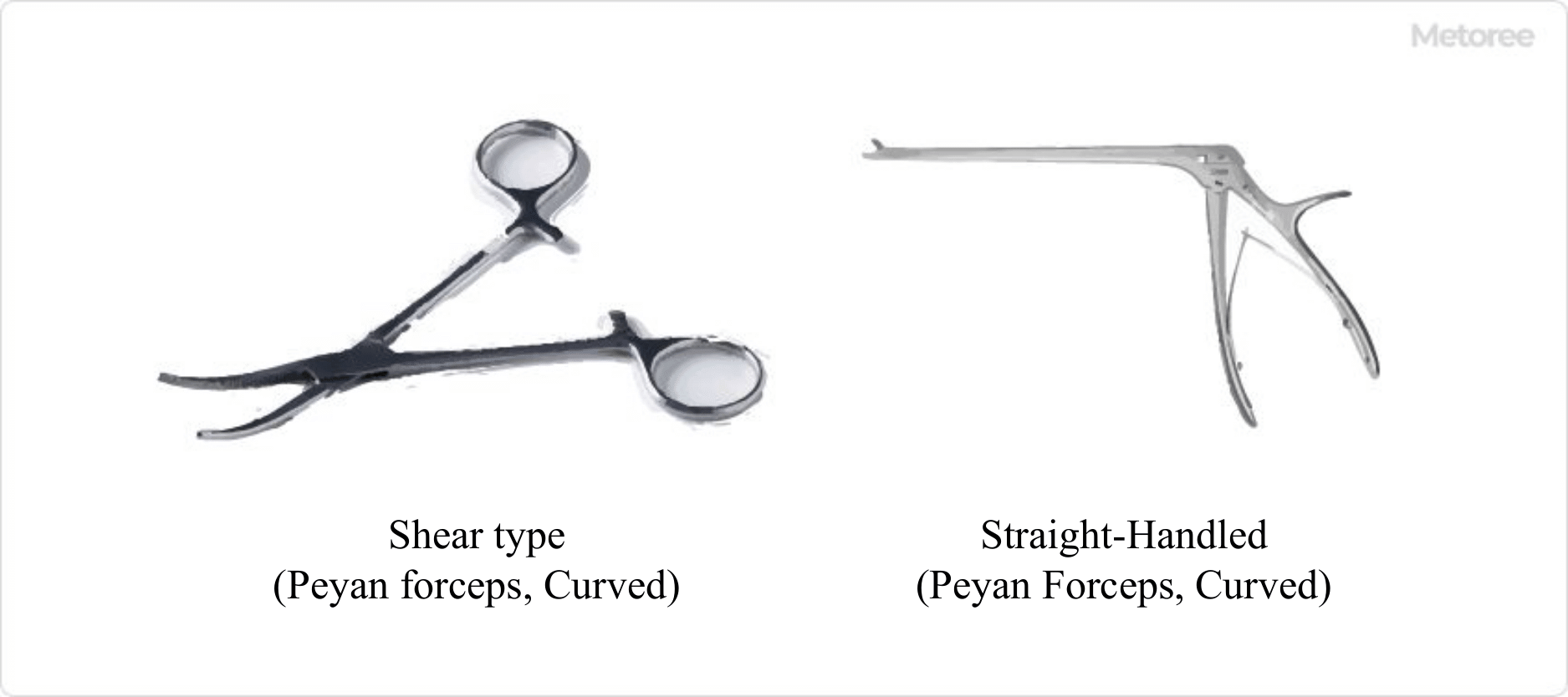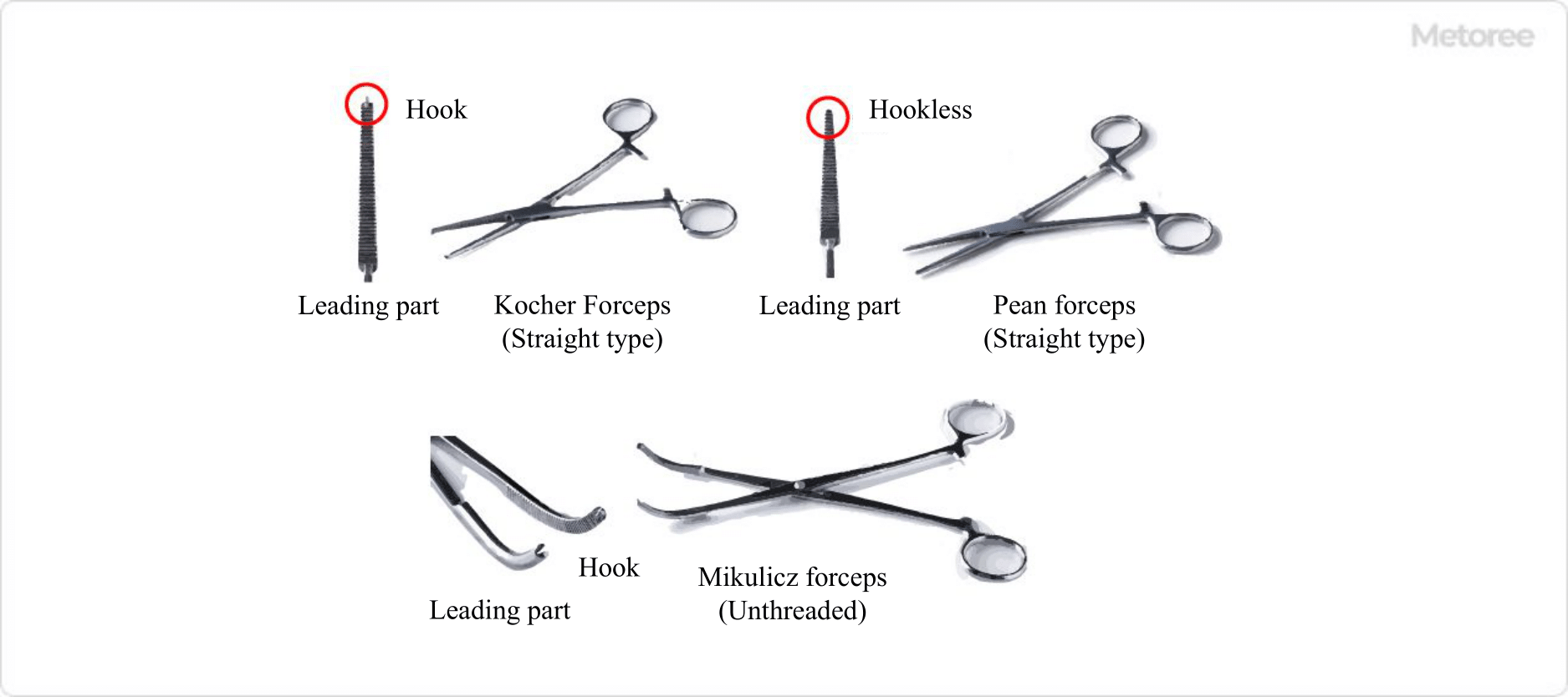What Is a Lever Chain Hoist?
A lever chain hoist is a mechanical tool used for lifting and securing loads. It consists of two hooks, one attached to the hoist body and the other to the end of the chain. By operating the lever, the chain tightens or loosens, enabling the raising or lowering of the load. Lever chain hoists incorporate a ratchet mechanism in the hoisting part, allowing for repeated action during operation. Notably, they are lightweight, compact, and more portable compared to chain blocks, which serve a similar function.
Uses of Lever Chain Hoists
Lever chain hoists are versatile tools used in various scenarios such as lifting, lowering, and securing loads. For instance, they can be used to vertically raise or lower a load by attaching one hook to the ceiling and the other to the load. Additionally, they are effective for securing loads onto truck beds or carts by tightening the chain to prevent slippage. These hoists are widely utilized in factory maintenance, on-site work, and logistics. The selection of an appropriate lever chain hoist should be based on the weight of the load and the hoist’s load capacity.
Principle of Lever Chain Hoists
The operation of a lever chain hoist involves turning the lever, which rotates an internal gear (ratchet part), and winding the chain in the process. This setup allows for greater torque when pulling the chain compared to direct pulling. The ratchet mechanism ensures unidirectional rotation for tightening, while also providing a braking function to prevent loosening. The free rotation of the hook portion enables tightening at various angles.
Most models have a knob setting for tightening, loosening, and sometimes a neutral (idle) position, allowing the chain to be pulled by hand to a certain extent before final tightening with the knob. The hook is usually equipped with a detachable stopper for safety during work, preventing accidental disengagement. When fastening, it’s important to adjust the direction of the hook carefully to avoid interference with the load and the stopper mechanism.
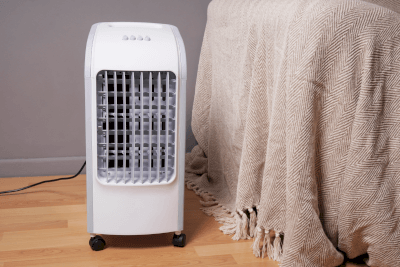 A misting fan combines the functions of a fan and a humidifier. It works by utilizing the heat of vaporization from evaporating water to cool down spaces or objects, potentially lowering temperatures by up to 5 °C. These fans are available in various types, from small tabletop units to portable and large commercial models. They’re often used as humidifiers in dry periods like winter, as the mist they produce evaporates into the air.
A misting fan combines the functions of a fan and a humidifier. It works by utilizing the heat of vaporization from evaporating water to cool down spaces or objects, potentially lowering temperatures by up to 5 °C. These fans are available in various types, from small tabletop units to portable and large commercial models. They’re often used as humidifiers in dry periods like winter, as the mist they produce evaporates into the air.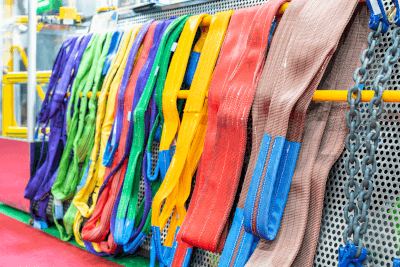
 A cargo sling is a bag-shaped tool used for carrying cargo. It is typically hoisted with a
A cargo sling is a bag-shaped tool used for carrying cargo. It is typically hoisted with a 
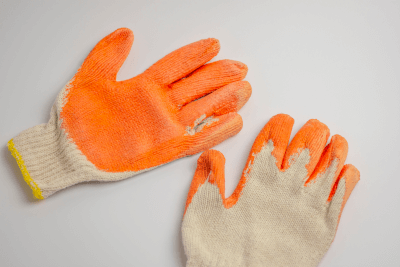 Grip work gloves are gloves designed with a non-slip rubber surface on the palm side, enhancing the ability to grip and handle objects securely.
Grip work gloves are gloves designed with a non-slip rubber surface on the palm side, enhancing the ability to grip and handle objects securely.